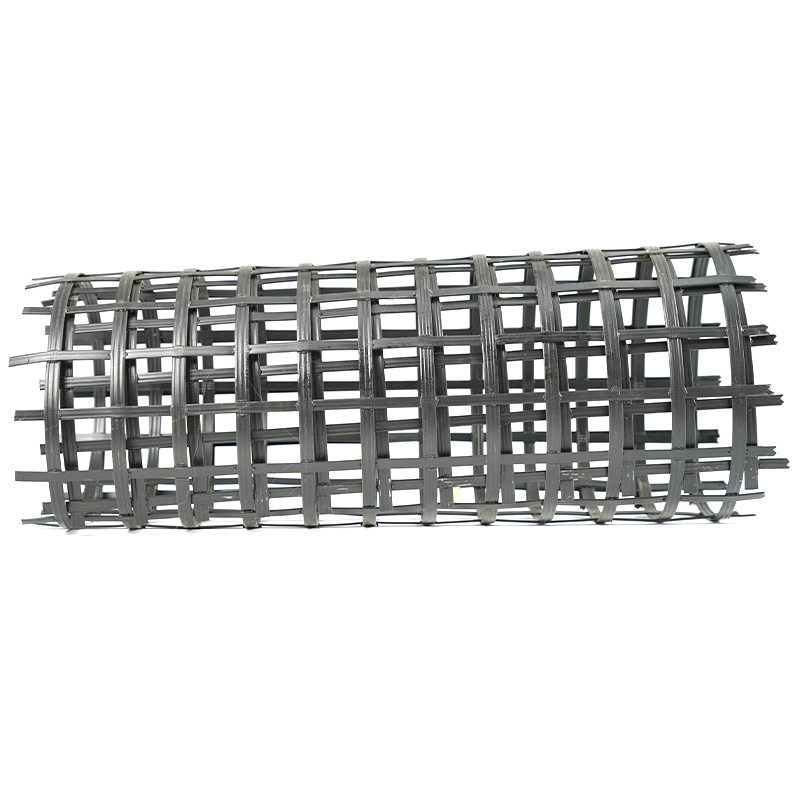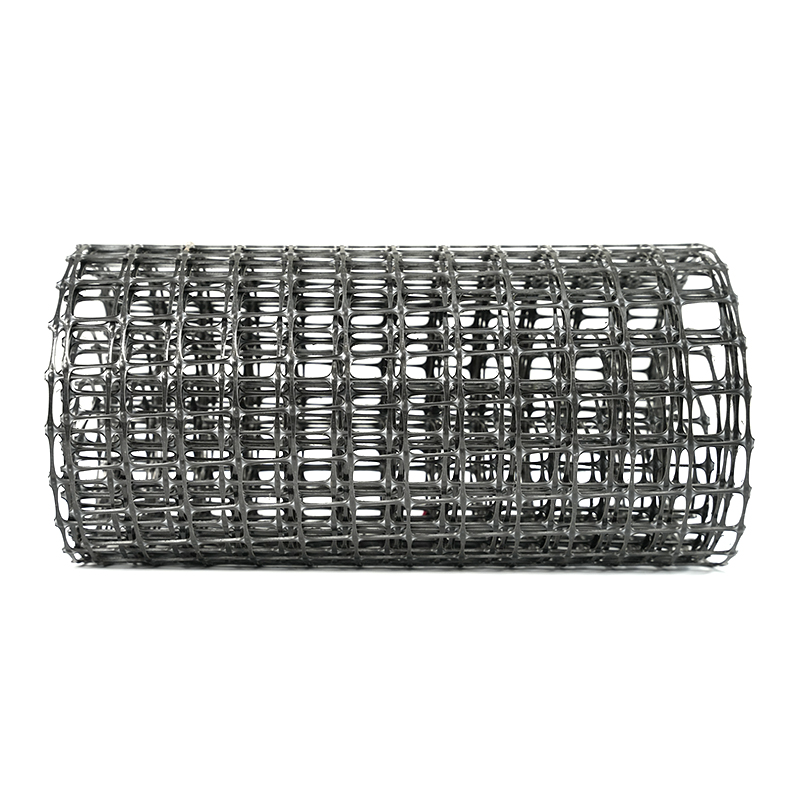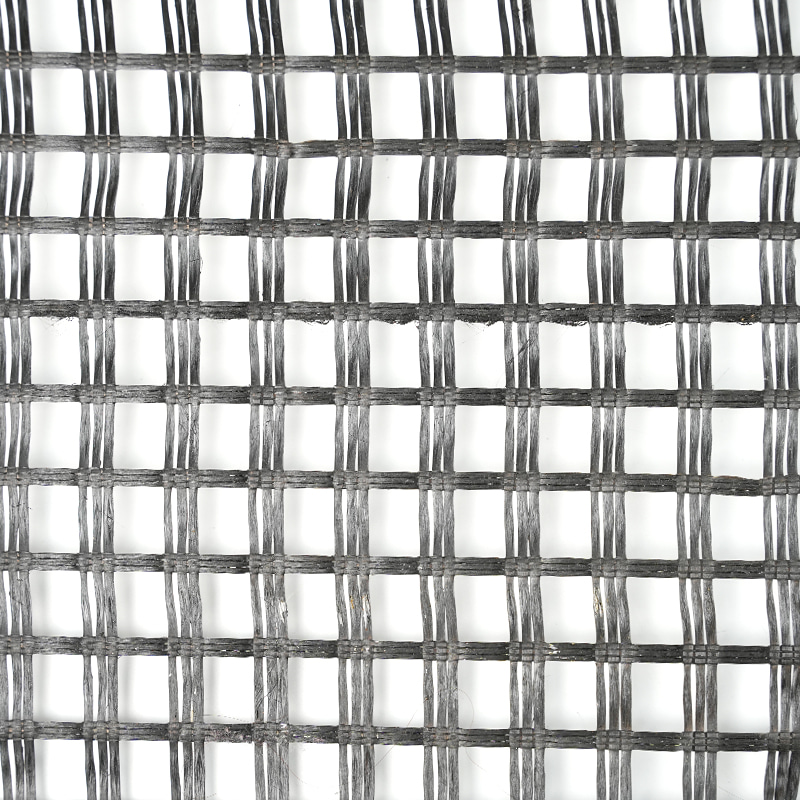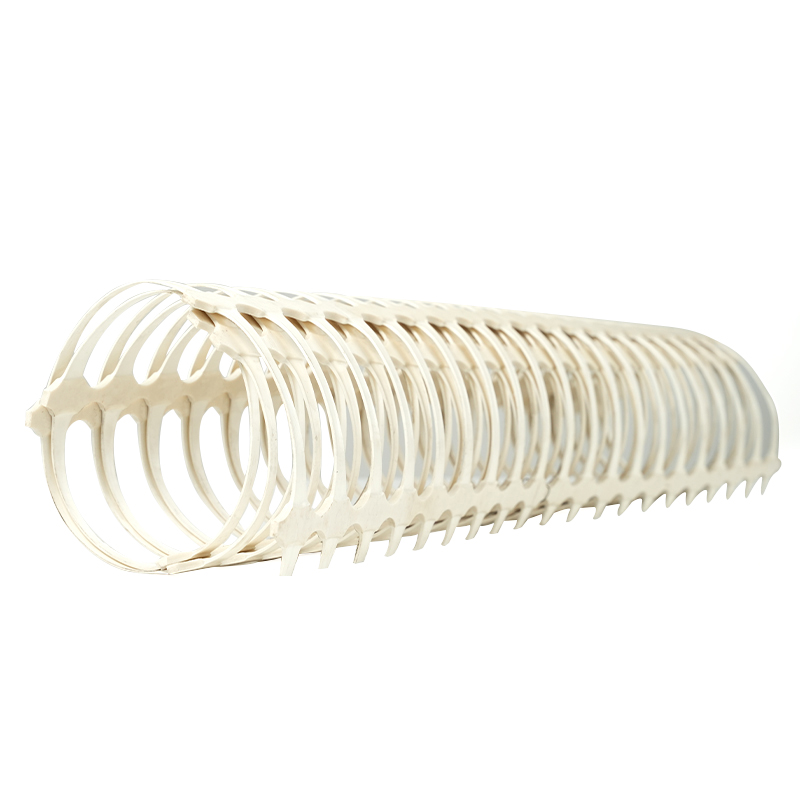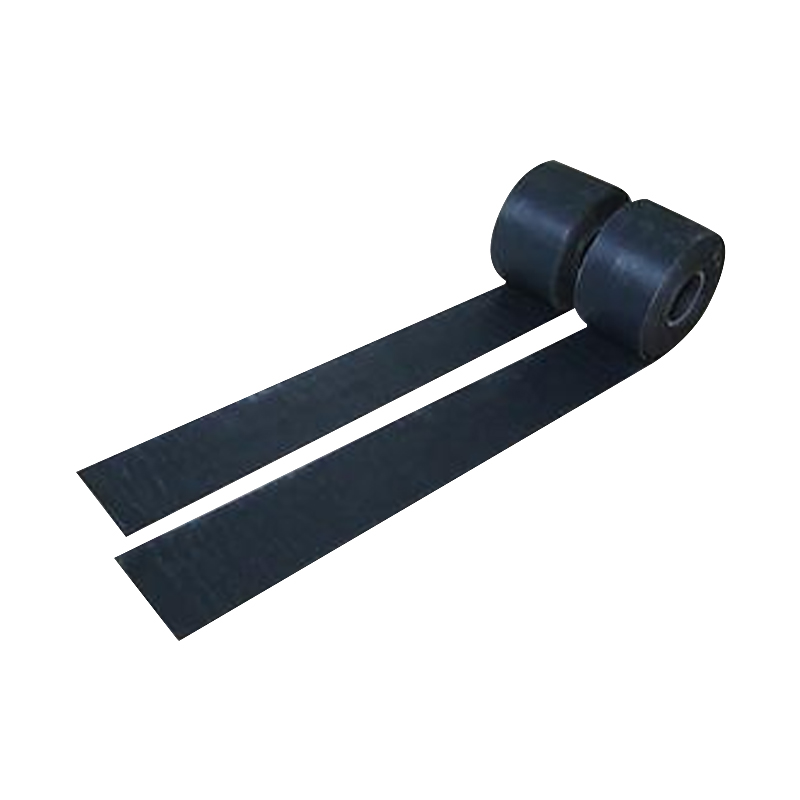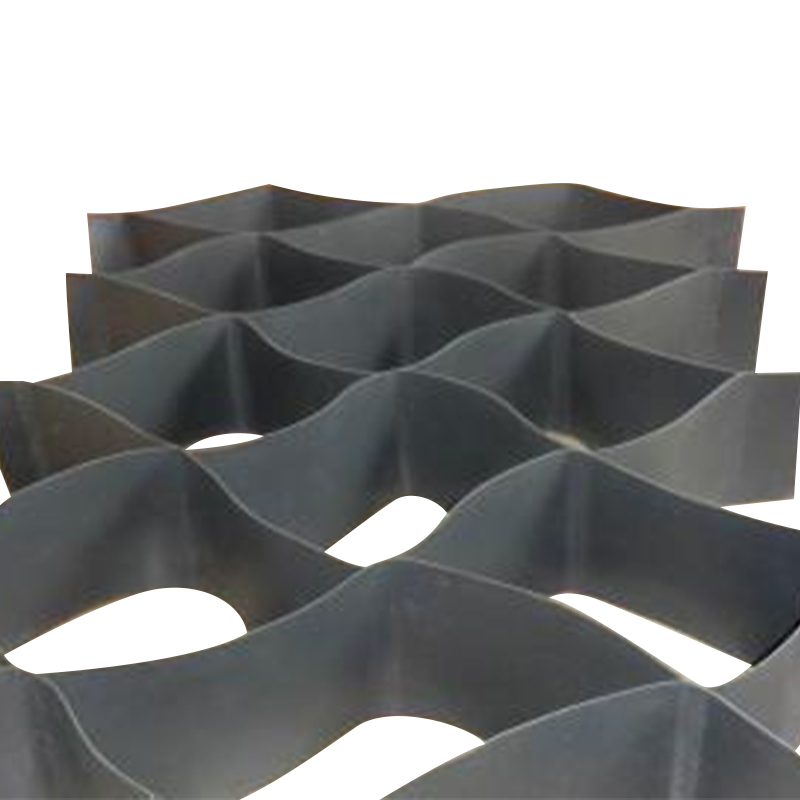Principles of Geogrid Use
1. Tensile Direction Aligned with Load Direction
When laying uniaxial geogrids, the grid's slots must be parallel to the direction of the expected maximum tensile strain in the soil to maximize their tensile properties. For biaxial geogrids, the load distribution in both directions should be even.
2. Tensioning and Fixing
After laying, the geogrid should be tensioned immediately. Use staples, wire, or specialized fasteners to secure the grid to the subgrade surface. The overlap should be at least the design requirement (usually ≥30cm). Zigzag ties or staples should be used to reinforce the overlap.
3. Subgrade Leveling and Cleaning
Before laying, the subgrade surface must be cleared of debris, leveled, and moderately moist to prevent wrinkling or damage during the fill process.
4. Prevent Excessive Bending or Folding
During construction, it is strictly forbidden to forcefully fold or excessively bend the geogrid, or to operate machinery directly on the geogrid when it is not covered with fill. This will prevent localized stress concentration and cracking.
5. Material Performance Complies with Specifications
The selected geogrid should meet technical specifications such as tensile strength ≥ 50 kN/m and elongation ≤ 11.5%, and possess long-term performance requirements such as corrosion resistance, aging resistance, and low creep.
6. Overlap and Joint Treatment
The overlap width is generally 30 cm. Use polyethylene rope, nylon rope, or metal fasteners to secure the overlap, ensuring that the friction coefficient at the joint meets the design requirements.
When should geogrids be used?
1. Road and Railway Subgrade Reinforcement: Used in highway, urban road, and railway subgrades, it can significantly increase bearing capacity, reduce settlement, and minimize rutting and cracking.
2. Soft Soil and Embankment Reinforcement: Reinforce low-strength soils such as soft foundations, swamps, embankments, and dikes to prevent soil loss and improve stability.
3. Slopes and Retaining Walls: Installing two-way or three-way geogrids on slopes, side slopes, or retaining walls can enhance anti-slip stability and, when combined with shotcrete, achieve rapid slope protection.
4. Retaining Walls and Support Structures: Using geogrids in the backfill behind retaining walls can improve the self-bearing capacity of the fill, reduce soil pressure, and extend the service life of the structure.
5. Permanent Load-bearing Foundations, Such as Airport Runways, Port Terminals, and Parking Lots: Large, permanent, load-bearing areas (such as airport runways and port yards) require long-term, stable support. Geogrids can provide high-strength, low-creep reinforcement.
6. Bridges, Underground Projects, and Other Special Projects: Using geogrids in structural layers requiring tensile and crack resistance effectively distributes loads and improves overall durability.



 中文简体
中文简体 русский
русский عربى
عربى

